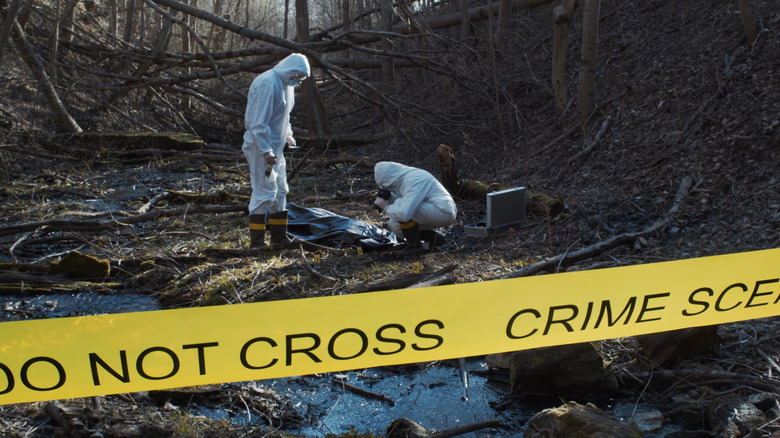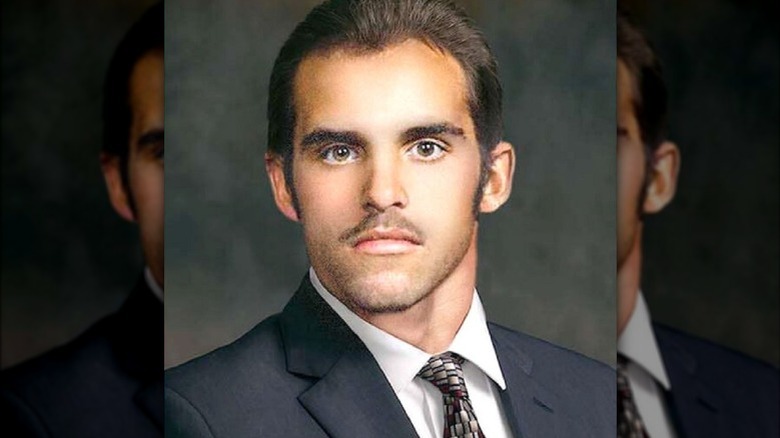How A Headless Body Found In Ohio Was Identified Over 30 Years Later
On November 1, 1991, hunters found the skeletal remains of a person at a farm in Pickaway County, Ohio; the skull was nowhere to be found. At the time of the discovery, investigators believed that the remains belonged to an indigenous woman who stood between 5 feet and 1 inch to 5 feet and four inches tall. However, after further testing, it was determined that the body had only been left in the area for three years at most, as reported by the Pickaway County Sheriff's Office. It was difficult to identify the person without the skull, which was never recovered. "When you're missing a skull, you're really missing a great part of how you can identify a person," county coroner Dr. Michael Geron told the Circleville Herald.
A forensic anthropologist also studied the skeletal remains, and the bones' measurements were consistent with that of a female. However, they found out that wasn't the case when a DNA sample was tested. In 2011, the results came back and revealed that the remains belonged to a male with Indian Subcontinent ancestry. They were one step closer to identifying the person.
Forensic genealogy was used to identify the remains
As noted by Ohio Attorney General Dave Yost during the press conference, DNA may be useful if the unknown individual has committed a crime, as the DNA will most likely be available on a criminal database and can be matched with a sample. However, a person who is not in the crime database cannot be identified, and that was the case with John Doe.
In 2021, doctors decided to use genetic genealogy to identify the unknown individual. The process involves creating a family tree and determining the biological relationships of the individuals based on their DNA. DNA results combined with genealogical techniques result in solid conclusions, and the method has been used in different cases, such as solving crimes and identifying biological parents of adoptees (via the Library of Congress). AdvanceDNA, a company that specializes in forensic genetic research, built a database using the unidentified man's DNA. The family tree consisted of more than 4,000 individuals that came from different parts of the U.S., as well as England. The list was narrowed down using a multi-step verification process, and after more than 30 years, the unknown male was finally given a name.
Who was Robert Mullins?
The Ohio Attorney General's Office announced in December 2022 that the remains belonged to a man named Robert A. Mullins, who was from Columbus, Ohio. Investigators talked to his family members and found out that he went missing between 1988 and 1989 when he was 21 years old, as reported by CNN. His family stated that they did everything they could to look for him for several years, but their efforts didn't yield results. His mother, Catherine, was devastated after he went missing and never stopped looking for him. Unfortunately, she died before the remains were identified.
Confirming the identity of Mullins is only the beginning for the investigators. Mullins' death is being investigated as a homicide because of the circumstances in which his remains were found, and it is still an active case. The Pickaway County Sherriff's Office, with assistance from the Ohio Bureau of Criminal Investigation, will be in charge of investigating Mullins' death, according to The Columbus Dispatch. Authorities are urging anyone with information to come forward.
Anyone with information related to the Robert Mullins case may contact Lt. Jonathan Strawser of the Pickaway County Sheriff's Office at (740) 474-2176.


